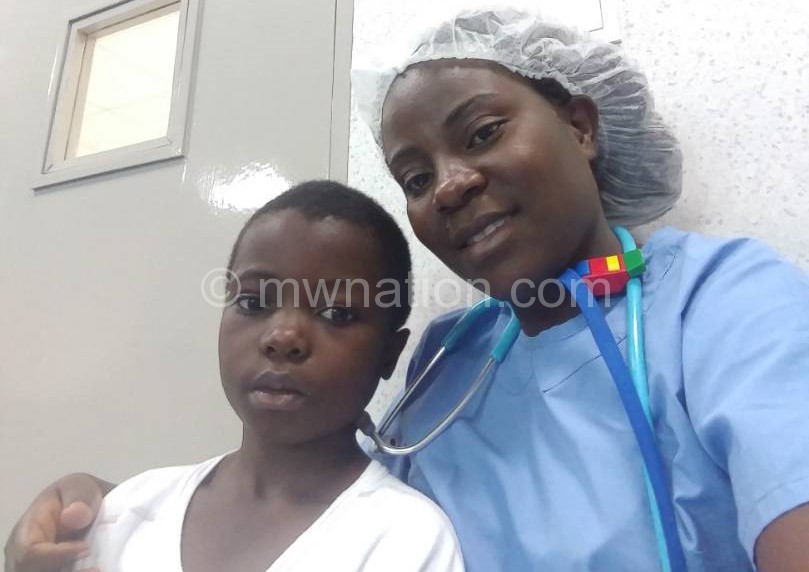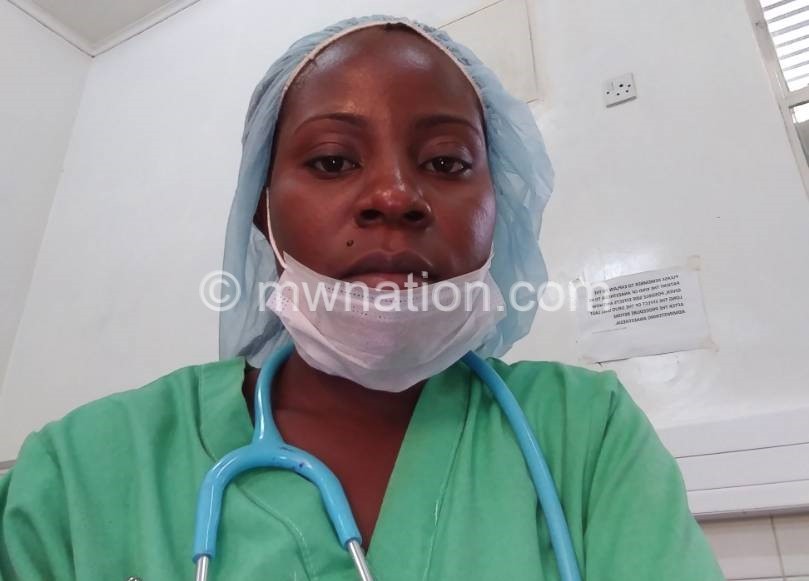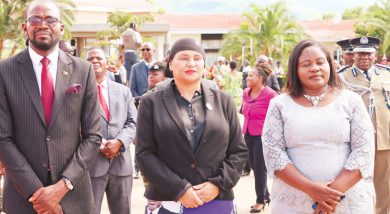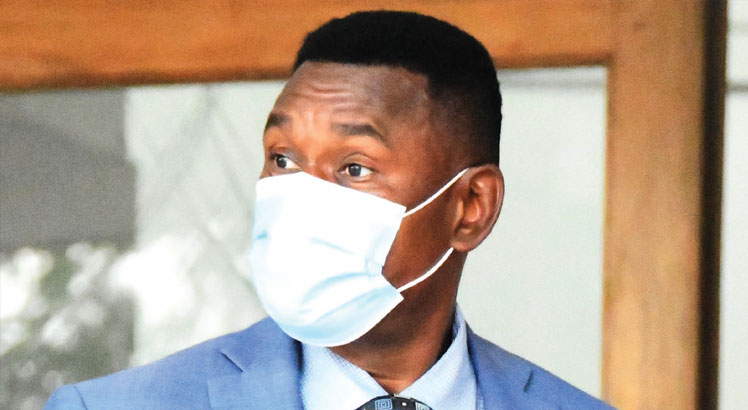Singatiya Chikumbanje: Malawi’s only paediatric anaesthesiologist
Singatiya Chikumbanje, 33, was the first woman to qualify as an anaesthesiologist in the country. She is also a paediatric anaesthesiologist.
After graduating with a Bachelor of Medicine Bachelor of Surgery Degree from the College of Medicine (Com) in 2007, she joined the Department of Anaesthesia at Queen Elizabeth Central Hospital (QECH) for a master’s degree in anaesthesia.
She graduated in 2014 and a year later, she enrolled for a fellowship in paediatric anaesthesia and critical care with the University of Nairobi, with funding from the World Federation of Anaesthesiologists.
Looking back, Singatiya says she always wanted to be a peadiatrician.
However, for her to find herself as a pediatric anaethesiologist, it stemmed from her days as a junior doctor in internship.
“While on call, I had a very sick child who needed intravenous fluids [a drip], but I could not put a cannula [a tube that can be inserted into the body, often for the delivery or removal of fluid or for the gathering of data].
“I called the anaesthetist for help and they told me to wait. The wait was long and we nearly lost the child. This aroused my interest in anaesthesia. Honestly, I did not have any idea what I was getting into. However, my earlier interest in paediatrics was still alive and that is how I ended up in pediatric anaesthesia and critical care,” she explains.
Anaesthesiologists practise medicine for the total care of the patients before, during and after surgery.
They are also experts in resuscitation, pain management and intensive care.
In line with that, her primary responsibility is the safe administration of anaesthesia and pain medicine to patients (children) before, during and after surgery and other medical procedures.
“I assess and reassure patients before surgery and monitor their well being during surgery; ensure they are free from pain after surgery and provide care after medical procedures. I also help in resuscitating and stabilising patients in the emergency department. As anaesthesiologists, we also look after critically ill patients in the intensive care unit and we provide pain relief in labour and obstetric anaesthesia,” explains Singatiya.
There are four anaesthesiologists and about 200 anaesthetic clinical officers for all of the country’s health centres and hospitals.
“Human resource is a major challenge as our surgical colleagues are growing in number and we fail to meet the demand. Lack of resources is another major challenge we face on a daily basis,” she says.
She adds that they have established a Society of Anaesthesiologists in Malawi, through which they want to raise awareness for the specialty to medical students and medical officers to get them to join them.
The Society of Anaesthesiologists was launched in August last year.
To address the same problem of shortage of anaesthesiologists in the country, government also introduced a diploma course in anaesthesia and critical and intensive care at the Malawi College of Health Sciences as well as a degree and a master’s degree course at the College of Medicine.
Asked what she likes most about her job, the mother of two says: “Anaesthesia is a very varied specialty. You never know what each day is going to hold. It could be about resuscitating a patient or participating in an elective or emergency list. There is always something to do and knowing that I can do something to make a difference in someone’s life is what I like.”
For someone to become an anaesthesiologist, they first need to attain their first degree as a medical doctor from the College of Medicine, after which they can join the Master of Medicine in Anaesthesia Programme at the same institution for four years.
Born in September 1984, the anaesthesiologist is mother to a girl Tupochele and a boy Tujaliwe.
She went to Chichiri Primary School before going to Providence Girls Boarding School for senior primary school.
Singatiya later went to Our Lady of Wisdom Secondary School from where she proceeded to College of Medicine becoming one, among the first group to pursue premedical science at the college.
She is the second born daughter in her family. She comes from Chipamba Village, Traditional Authority (T/A) Sitola in Machinga, but she grew up in Blantyre.
“My parents always encouraged us to work hard and my mother was always hard. I remember her waking us up at two in the morning to study, and she would sit right there with us to make sure we were not sleeping.
“During holidays, my parents would take us to the village for a about week and would always ask us after that to choose the type of life we wanted to live. We experienced both the luxuries of living in the city and the challenges in the village. My mother always said education was key,” she recalls.
As a mother and a medical doctor, Singatiya admits that it is never easy to balance work and family life, but emphasises that whenever she has free time, she spends it with her two children.
“All my free time is dedicated to them,” she says.





